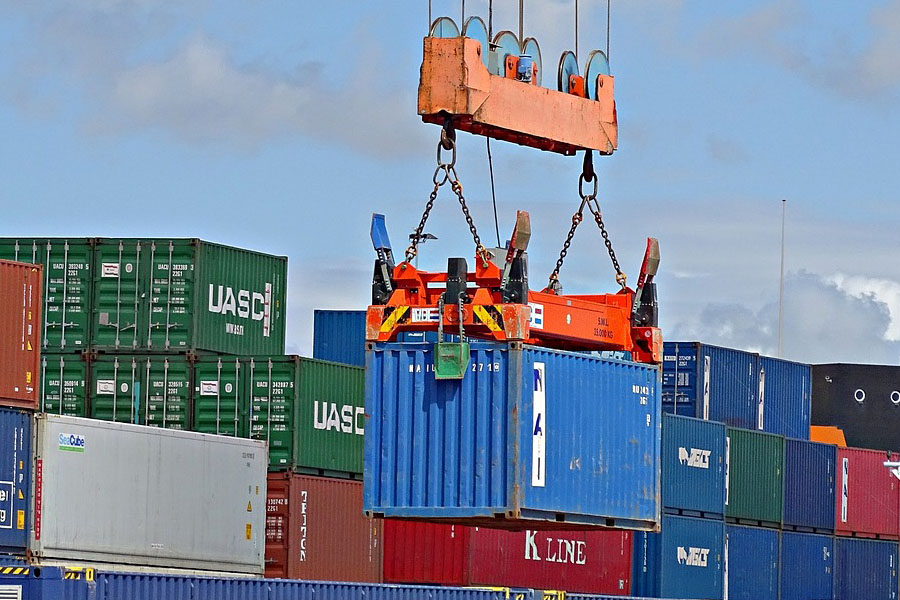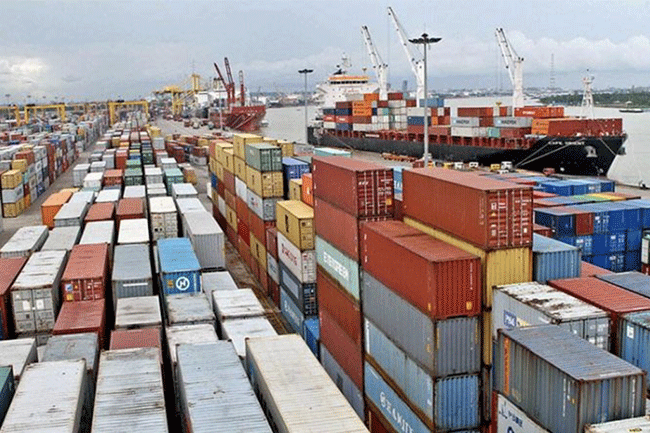- Shanghai Zhongshen International Trade Co., Ltd. - Two decades of trade agency expertise.
- Service Hotline: 139 1787 2118

Medical EquipmentImport RepresentationIndustry Status and Challenges
As of 2025, ChinasMedical Equipmentmarket size is expected to exceed 1.5 trillion yuan, with imported equipment maintaining a stable 35%-40% share. With the implementation of the 2025 revised edition of Medical Device Supervision and Administration Regulations, import agents need to possessthree core capabilities:
- Regulatory interpretation and compliance management capability
- Mastery of latest NMPA registration requirements
- Familiarity with CE/FDA international certification conversion rules
- Specialized logistics guarantee system
- Real-time monitoring for cold chain temperature control equipment
- Anti-vibration and pressure-resistant packaging solutions for precision instruments
- End-to-end risk management mechanism
- The ability to accurately classify HS codes
- Experience in utilizing tariff reduction policies
Evaluation dimensions for quality agency service providers
When selecting medicalEquipment Importsequipment agents, we recommend establishing an evaluation system based on:
- Qualification verification:
- Whether the medical device operation license category matches
- Customs AEO certification level
- Industry experience:
- Number of similar equipment import cases
- Emergency incident resolution success rate
- Service Network:
- Coverage of overseas inspection networks
- Strategic layout of domestic bonded warehouses
Key Control Points in Import Operations Process
The typical medical device import process can be divided into three main stages:
- Preparatory phase (30 working days)
- Pre-review of technical parameter compliance
- Application for CCC certification exemption
- Preparation of import license documents
- Customs clearance logistics phase (7-15 working days)
- Application for pre-classification advice
- Application for destination inspection
- Customs Bond Scheme Design
- After-sales service phase
- Handover of equipment commissioning technical documents
- Connection to quality traceability system
Typical Risks and Countermeasures
According to customs statistics on medical device import violation cases in 2025, the main risks are concentrated in:
- Document management risks (accounting for 42%)
- Countermeasure: Establish a quadruple document verification mechanism
- Commodity classification risks (accounting for 35%)
- Countermeasure: Implement HS code pre-ruling application
- Exchange rate fluctuation risks (accounting for 18%)
- Countermeasure: Hedging tools and payment cycle optimization
Practical case analysis
In a case where a top-tier hospital imported a 3.0T MRI device, the professional agency saved costs through the following measures:
- Utilized tax exemption policies for educational/scientific supplies to reduce tariffs by 1.2 million yuan
- Designed a sea-air intermodal solution that reduced transportation time by 40%
- Avoided late declaration penalties through classification pre-ruling
Choosing a professional medical device import agency service is essentially purchasingRisk control abilityandPolicy dividend conversion capability. It is recommended that enterprises focus on the depth of understanding of industry specifics and the completeness of service systems when selecting partners, rather than simply comparing service rates.
Related Recommendations
Category case
Get in Touch
Email: service@sh-zhongshen.com
Related Recommendations
Contact via WeChat

? 2025. All Rights Reserved. Shanghai ICP No. 2023007705-2  PSB Record: Shanghai No.31011502009912
PSB Record: Shanghai No.31011502009912








